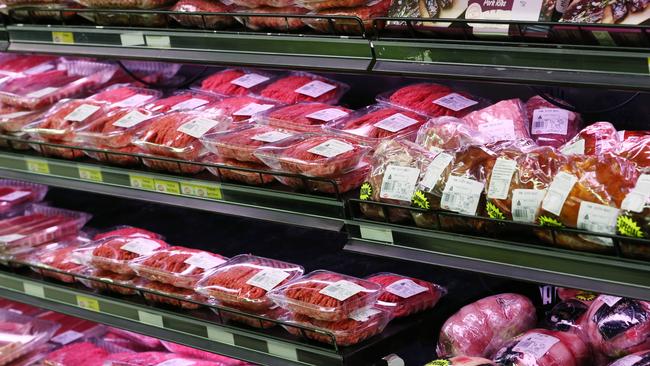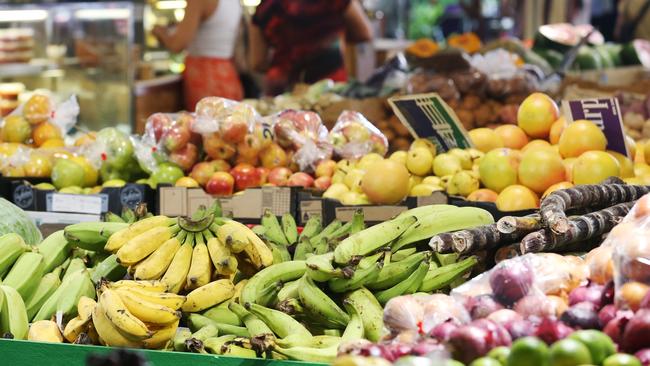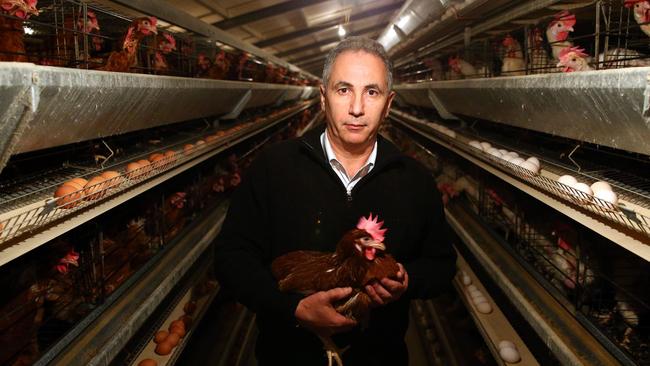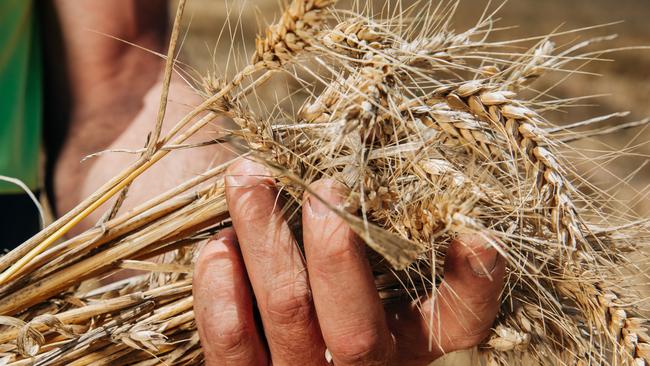Food inflation: Why farmers aren’t pocketing the difference
With inflation a hot topic, we explore what key food items will be most affected and which farmers will feel the pinch from increased costs.

Since the dramatic spike in petrol prices – triggered by Russia’s invasion of Ukraine -conversation has turned to the cost of living for everyday Australians.
As freight costs soar, the impact has been keenly felt across industries heavily reliant on transport, with agriculture far from immune.
Headlines have centred on the potential for rising costs for household goods, from bread to milk and fresh produce.
But for many farmers, and those in the fresh produce sector in particular, the cost of farming inputs has been steadily climbing for many years.
Those in a position to pass on their balloonings costs appear to be beginning to do so, but there are just as many who are price takers not makers, and this latest inflationary push may just tip them over the edge.
Victorian Farmers Federation egg group president Brian Ahmed said farmers weren’t being greedy, but rather needed to cover increased input costs, such as higher grain and fertiliser costs, just to make a living.
“All we’re asking is to cover increased costs, so we can make a living,” Mr Ahmed said.
“We’re not profiteering.”
The Weekly Times takes a look at a number of staple food items, and what the impact has been for both producer and consumer.
VEGETABLES
Fertiliser, petrol and energy costs are going through the proverbial roof, but it’s the simple law of supply and demand underpinning price rises for some vegetables that have witnessed a recent hike.
Victorian Farmers Federation horticulture president Nathan Free said a now-years-long labour shortage was the single greatest issue facing farmers and therefore affecting the price of some fruit and vegetables.

“Farmers are cutting back what they put in so what they do grow is cost efficient. If every farm cuts back production by 20 per cent because they can’t find the workers (to pick and pack), that is a big cut across the industry,” Mr Free said.
With less produce ending up on supermarket shelves, he said demand for what does has risen.
Mr Free said this has been compounded by floods and extreme weather in northern NSW and southern Queensland.
While vegetable growers were generally price takers, Michael Coote, chief executive of peak grower body AusVeg, said some growers had begun talks with their buyers to negotiate higher prices to reflect rising farm inputs.
“Even before the current increase in farm input costs, growers were operating on thin margins, with the last few years placing many growers under more pressure to wear the increased production costs. Some growers have indicated increases of more than 40 per cent in fertiliser, chemical and fuel costs, and increases by more than 20 per cent in wages and even airfares, yet prices received for their products have remained relatively stable,” Mr Coote said.
EGGS
Victorian Farmers Federation egg group president Brian Ahmed said he anticipated farmers would need to charge an additional 20c to 30c a dozen in order to cover increased input costs.
“There has been a major increase, firstly in transport for the eggs, as farmer fuel costs have gone through the roof,” Mr Ahmed said.

“The other thing is grain prices, about 60 per cent of the cost of egg production is the feed cost, and grain has gone up nearly 50 per cent. Farmers are pretty resilient, we wear a lot of that at times, knowing these costs fluctuate at times.”
Producers should brace for at least 12 months of higher input costs, Mr Ahmed said.
“We’ll be wearing these costs for 2022,” Mr Ahmed said.
“All we’re asking is to cover increased costs, so we can make a living. We’re not profiteering. If farmers can’t get that extra money, you won’t see farmers producing eggs.”
FRUIT
An oversupply of a range of fruit, from nectarines and peaches to strawberries and blueberries, has kept prices at historic lows despite global turmoil.
Australian fruit growers remain “price takers” and have seen little shift in the price paid for their produce despite inflationary pressures ramping up since Russia invaded Ukraine.
One Lake Boga stone fruit grower, who did not want to be named, said he was aware of many farmers who have scaled production right back because they weren’t being offered prices that covered their costs, and that was before fuel, fertiliser and labour prices spiked this month.
He said prices for stone fruit at supermarkets were at a historic low and supermarkets had not indicated their prices would change to reflect global events.

Renmark stone fruit grower Michael Traitwein said his inquiries into the cost of fertiliser this coming spring revealed it would most likely be at least double what it was last year, and predicted many growers would do without for a year or reduce their operations.
But he said it was a lack of labour that was his biggest issue.
“It doesn’t matter if you pay more, it comes back to the availability of labour,” he said.
GRAINS
Grain Growers chief executive David McKeon said the grains industry is facing a scenario “very different to what we’ve seen before with commodity price rises”.
About 10 per cent of the end product price for grains products, such as bread or beer, is the commodity price, Mr McKeon said, with the rest freight, processing, and retail.
“Every so often we have volatility in commodity prices, where grain goes up at the farmgate, but doesn’t usually result in large changes at the consumer end,” Mr McKeon said.

“Why this is different is because we have seen an accumulation of factors influencing not only farm product prices and commodity cost, but factors such as increases in fuel and energy costs, and overall inflationary pressures, means we’re seeing an accumulation of prices not only at the commodity level, but across transport, processing, and at retail.”
Mr McKeon said if prices rise at the supermarket for staple grain items such as a loaf of bread, producers weren’t simply pocketing the difference.
“The key thing is it’s about the overall terms of trading having shifted up the cost curve, rather than a bigger margin,” Mr McKeon said.
“Rather than just a bigger margin. Margins haven’t increased. There’s a lot more risk for farm businesses to actually continue.”
FLOWERS
Shoppers should expect to pay more for a range of flowers at the moment, but not because of events taking place across the globe.
Flower Industry Australia chief executive Anna Jabour said many flowers were brought in from overseas because they were not in season in Australia and came with a price tag reflecting the higher cost of freight.

“Some flowers are grown year-round, but many aren’t currently in season and international supply chain issues may be playing a part,” she said.
The majority of roses sold in Australia come from Kenya, Columbia and Ecuador and are brought in by a handful of large importers.
The Lynch Group, Australia’s biggest flower importer, was left with little choice but to charter planes to bring fresh flowers into the country from overseas last year.
While those costs were absorbed by the company, whether it continues to do so will remain to be seen.
Phillip Island grower Michael van der Zewt said Australian growers were absorbing soaring heating and fertiliser costs but that would have to change.
“Our heating costs have gone up between 20 to 40 per cent, so that will get passed through,” he said.



